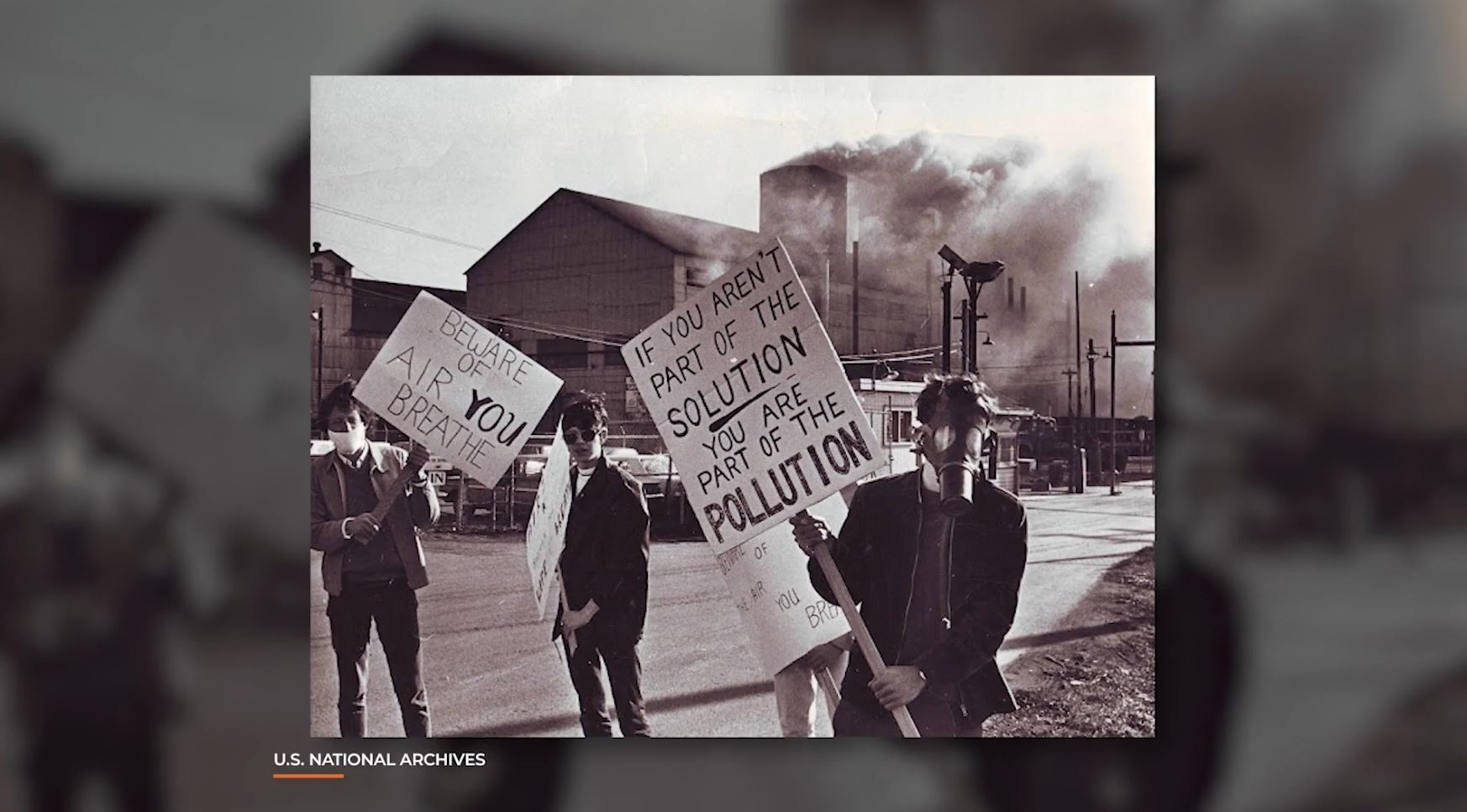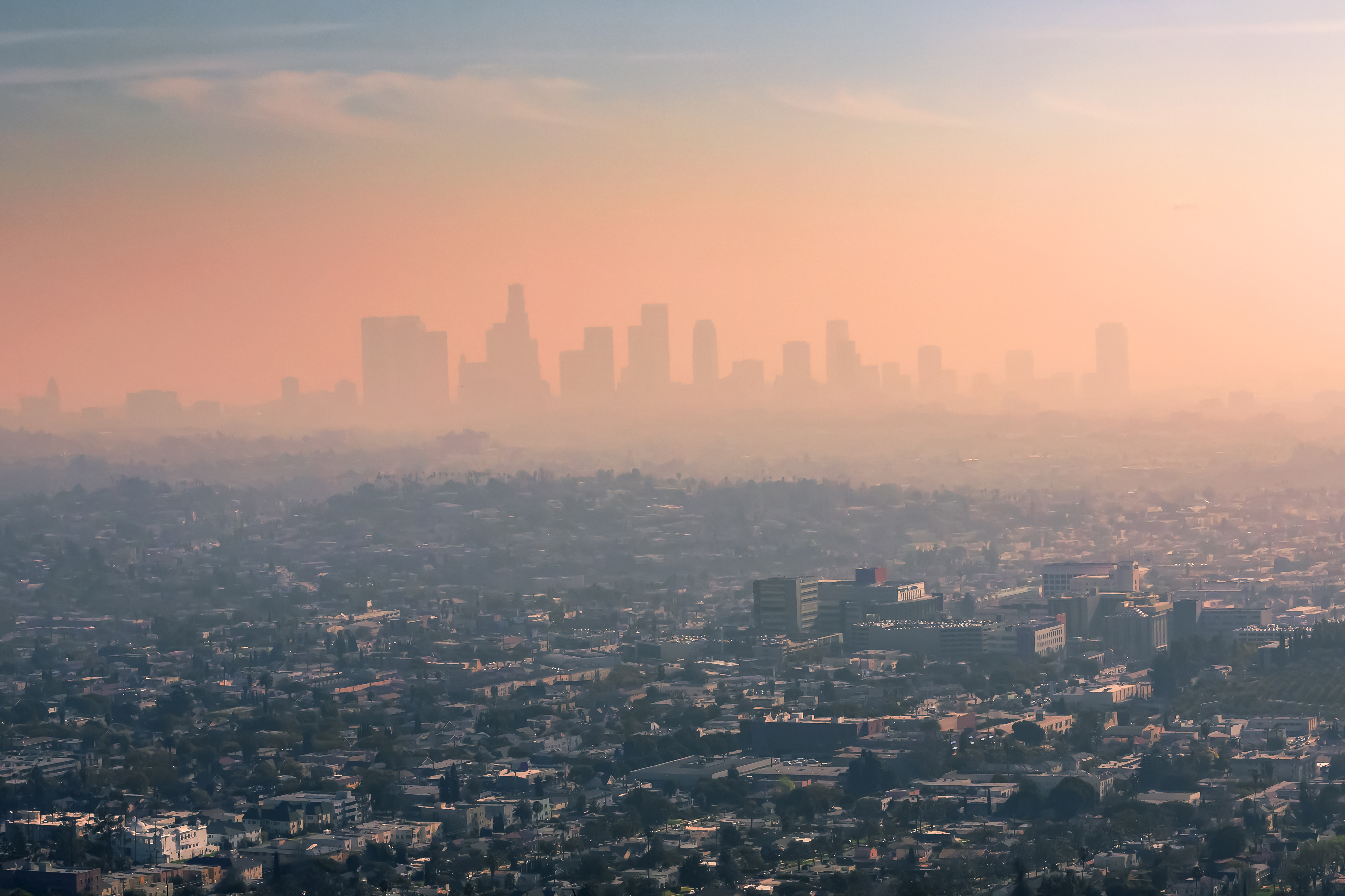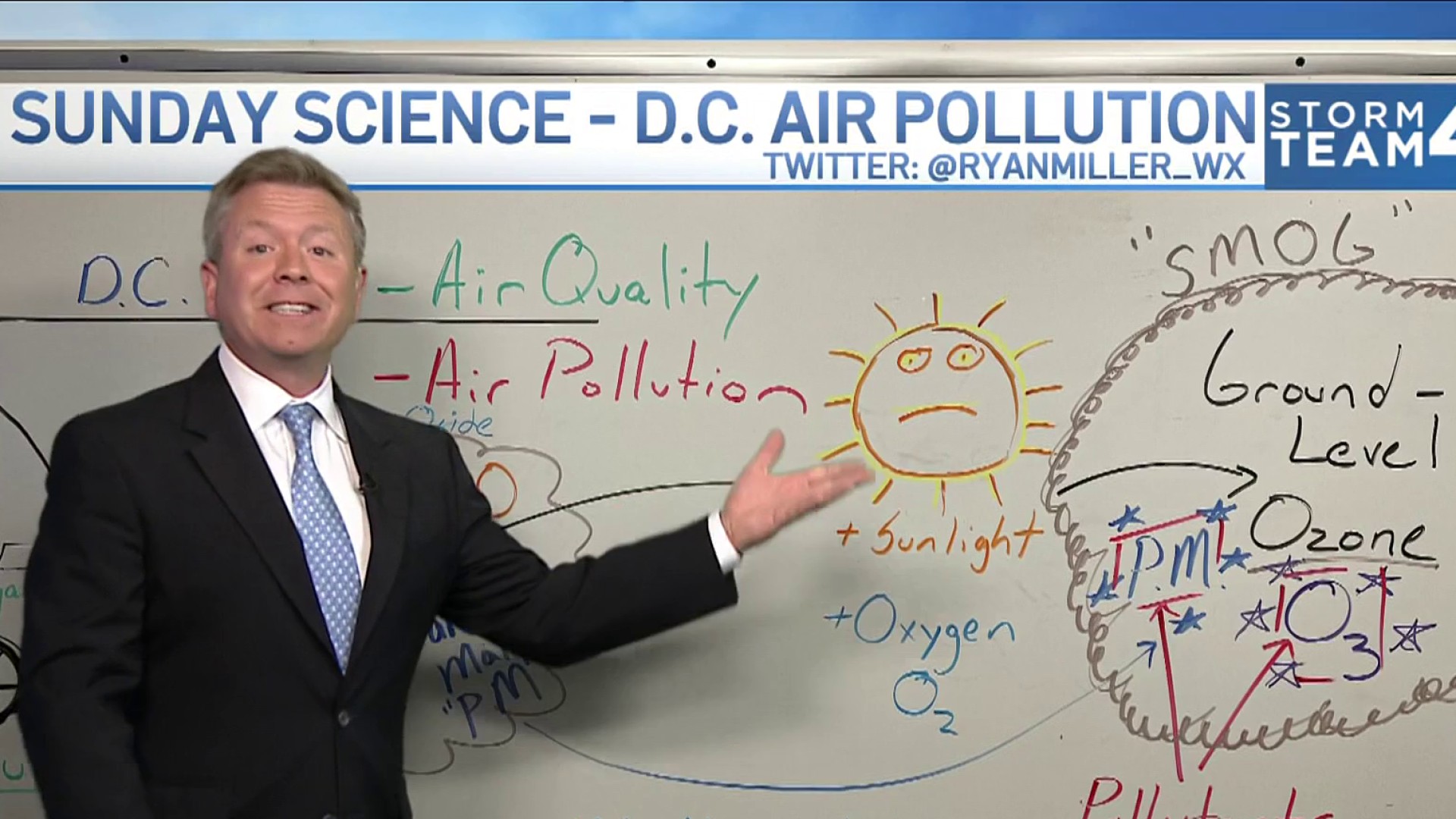A new study by George Washington University researchers found that communities of color are at an increased risk of developing diseases linked to air pollution.
Researchers behind the study, published in 2024, say communities of color were almost eight times more likely to develop higher pediatric asthma due to the pollutants.
Scientists also found that air pollutant-related diseases have increased significantly through the last decade in areas of color. They started their research in 2021, and continued gathering data until the study was published this year.
"Unfortunately, many of the communities that were chosen to accommodate heavy industry or busy highways and interstates were often communities of color," said Dr. Gaige Kerr, senior research scientist at GWU's Department of Environmental and Occupational Health.
We're making it easier for you to find stories that matter with our new newsletter — The 4Front. Sign up here and get news that is important for you to your inbox.
One of those pollutants is called nitrogen dioxide. It's a man-made chemical compound that irritates lungs and triggers asthma attacks. The pollutant is found in cars and trucks known to heavily pollute the air.
There's also fine particulate matter, which can be traced back to the increase in wildfires. That pollutant leads to heart disease, lung cancer and strokes.
"We found that these communities still today bear a greater burden from air pollution than majority white communities," Kerr said.
At least 49,000 premature deaths, and nearly 115,000 new cases of pediatric asthma, were linked to fine particulate matter and nitrogen dioxide in the U.S. in 2019.
"We have a lot of children that are dealing with upper respiratory illnesses," said Sebrena Rhodes, ANC vice chair for Ward 5 and a resident of Ivy City. "We have adults and senior citizens that are dealing with asthma."
Rhodes, along with the D.C.-based group Empower D.C., are working to bring awareness to the air pollutants across the district, especially in communities of color.
"We shouldn't have to fight to breathe," Rhodes said. "Breathing is a right. It's natural. Long as you're alive, you're breathing."
Researchers say there are some mitigation tactics to use, and say additional actions are imperative.
"Install air filters in our houses, or maybe close windows on polluted days," said Kerr.
"If we really want to get at the root, we need bold policies that invest in things like a larger electrical vehicle fleet, more renewable energy, and expanded active and public transportation," Kerr said.
D.C.'s Department of Energy and Environment says it's already taking steps in that direction.
"DC is committed to safe and healthy environments for all of our residents, no matter their income or neighborhood," the statement reads. "The District regularly tests air quality to protect residents, and is working with the EPA to ensure that District residents, including those in Ivy City, are kept safe. Over the coming decade, the District government has committed to a major transition away from fossil fuel use, which will make our air healthier for all."




